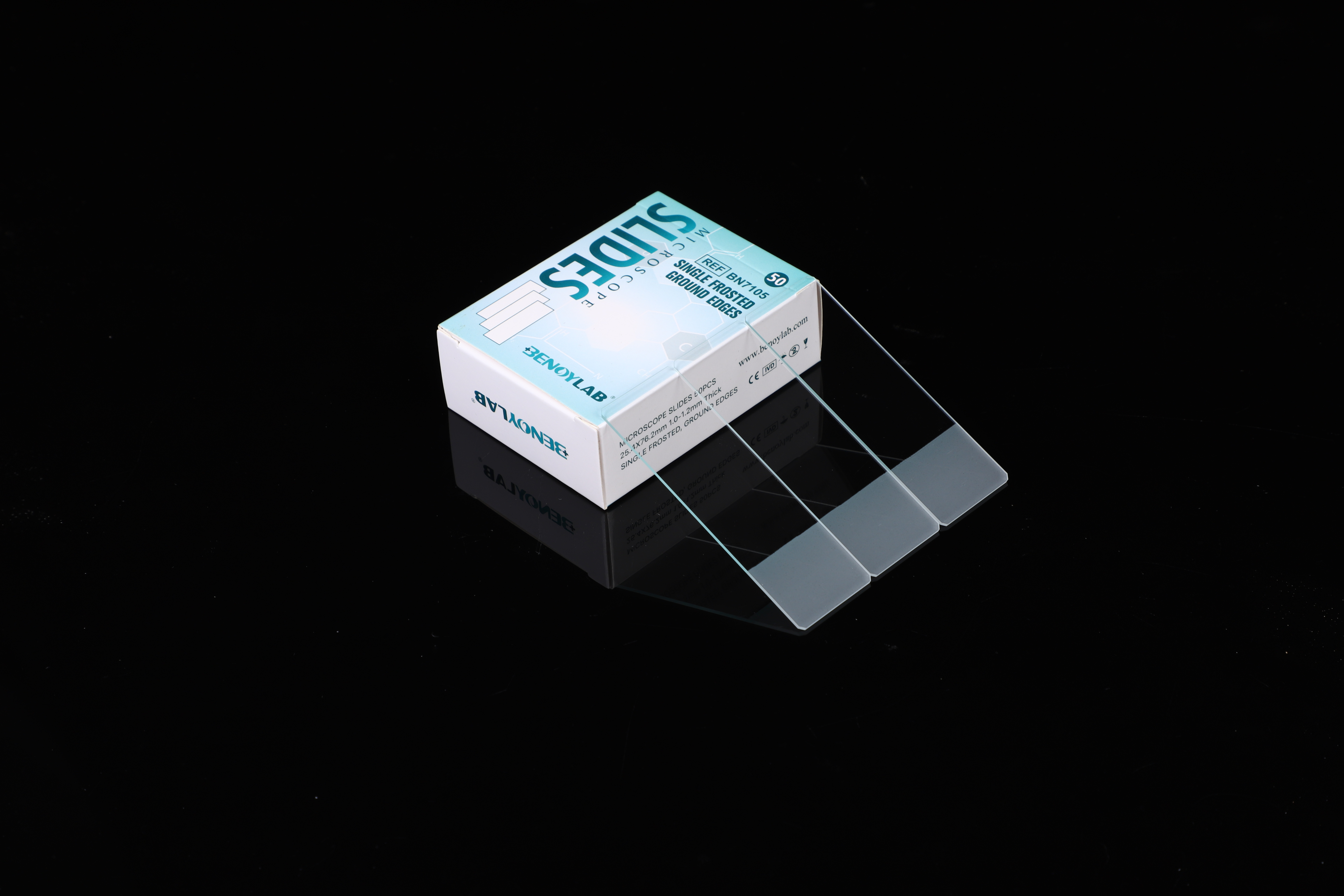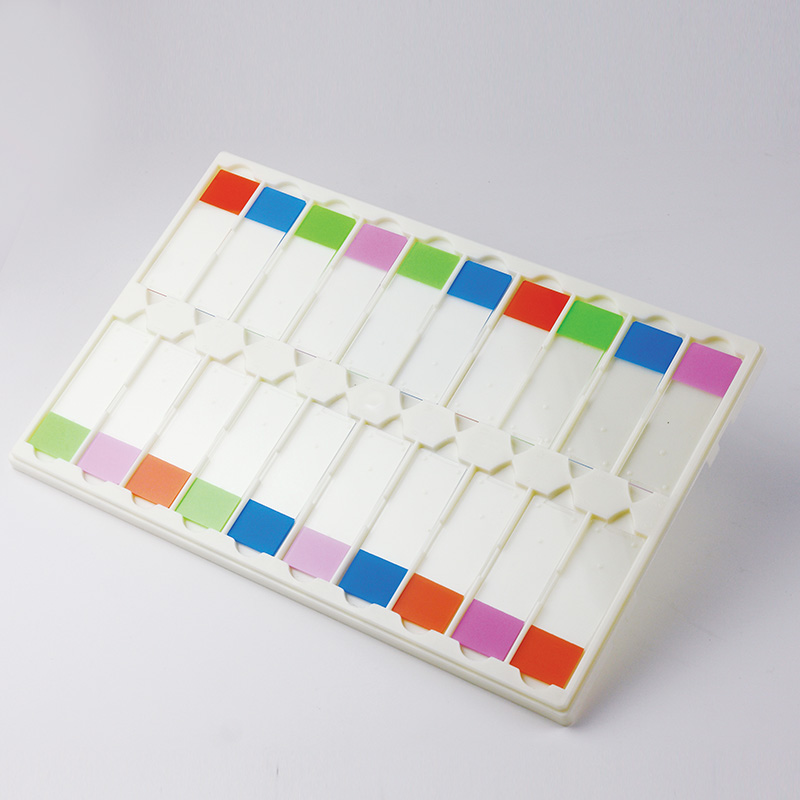In the world of science and research, laboratories are equipped with a variety of tools and equipment to conduct experiments and analyze data. One key piece of equipment found in many labs are slides.
Slides are thin, flat, rectangular pieces of glass or plastic on which specimens can be mounted for microscopic examination. They are commonly used in fields such as biology, chemistry, and medicine to study cells, tissues, and microorganisms. Slides are an essential tool for researchers and scientists to observe and analyze the structure and characteristics of various specimens.
In a typical laboratory setting, there are several types of slides that are used for different purposes. The most common type of slide is the standard microscope slide, which measures approximately 1 inch by 3 inches and is made of glass. These slides are used to hold a specimen in place for viewing under a microscope. They are often used in biology and medical labs to study cells, tissues, and microorganisms.
Another type of slide that is commonly used in laboratories is the cavity slide. Cavity slides have wells or depressions in the surface where liquid specimens, such as blood or bacteria cultures, can be contained for examination. These slides are often used in microbiology and hematology labs for analyzing liquid samples.
There are also specialized slides such as the chamber slide, which has one or more wells for growing cells or tissue cultures. These slides are widely used in cell biology and research labs for studying cell behavior and interaction. Additionally, there are also frosted slides, which have a frosted surface that can be labeled with a pencil or pen for easy identification of specimens.
In addition to the different types of slides, there are also various techniques for preparing and staining slides to enhance the visibility and contrast of specimens under a microscope. This includes techniques such as mounting, fixing, staining, and coverslipping. These techniques are crucial for ensuring that the specimen is preserved and displayed in the best possible way for analysis and observation.
Over the years, the materials used for making slides have evolved, with glass being the traditional material of choice due to its clarity and resistance to chemical and biological agents. However, plastic slides have become increasingly popular due to their durability and ease of handling. Plastic slides are also less prone to breakage, making them a preferred choice for educational and fieldwork settings.
The use of digital slides is also gaining popularity in modern laboratories. Digital slides, also known as virtual slides, are high-resolution images of specimens that can be viewed and analyzed on a computer screen. This technology allows for easy storage, sharing, and remote access to slide images, making it a valuable tool for collaborative research and telepathology.
In conclusion, slides are a fundamental tool in laboratory research and are used for a wide range of applications in the fields of biology, chemistry, and medicine. With different types of slides and techniques for specimen preparation, researchers and scientists are able to conduct detailed and precise analysis of various specimens under a microscope. As technology continues to advance, the use of digital slides is expected to play an increasingly important role in laboratory research and education.
Post time: Feb-04-2024



